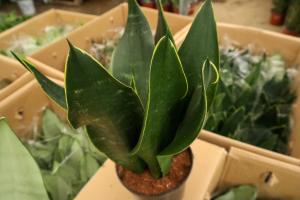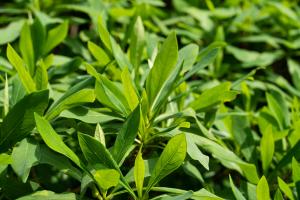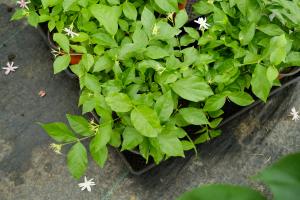Why Are the Ends of My Spider Plant Turning Brown?
If you've noticed that the ends of your spider plant are turning brown, don't worry - this is a common problem and there are several possible causes. In this article, we'll explore some of the reasons why spider plant tips turn brown and what you can do to fix the issue.
Over-Watering
One of the most common reasons for spider plant tips turning brown is over-watering. Spider plants are fairly hardy, but they don't like to be watered too frequently. If the soil stays too wet for too long, the roots can become waterlogged and the ends of the leaves will begin to turn brown.
To fix this issue, you should cut back on watering, especially if you notice that the soil is still moist or wet when you go to water your plant. Allow the soil to dry out a bit before watering again. You should also make sure your plant has good drainage, either by using a pot with drainage holes or adding a layer of rocks or sand to the bottom of the pot.
Under-Watering
On the other hand, under-watering can also cause spider plant tips to turn brown. If the soil is allowed to dry out completely or for too long, the plant will become dehydrated and the tips of the leaves will begin to die off.
To fix under-watering, you should water your plant more frequently. However, be careful not to over-water (see above). Check the soil regularly - it should be slightly moist but not saturated.
Low Humidity
Spider plants thrive in high humidity environments, and if the air in your home is too dry, the tips of the leaves may start to turn brown. This is especially common in the winter when the heating is on and the air becomes very dry.
To combat dry air, you can mist your plant daily, use a humidifier in the room, or place a shallow tray of water near the plant (being careful not to let the plant sit in the water). You can also group your plants together, which will help to create a more humid microclimate around them.
Pests
Spider plants are relatively pest-resistant, but they can still fall victim to a few common insects, such as spider mites and mealybugs. These pests can cause the tips of the leaves to turn brown and the plant to look generally unhealthy.
To get rid of pests, you can try spraying the plant with a solution of water and soap, or a commercial insecticide. You should also isolate the plant to prevent the pests from spreading to your other plants.
Conclusion
In conclusion, the most common causes of brown tips on spider plants are over-watering, under-watering, low humidity, and pests. To fix the issue, you should adjust your watering schedule, increase humidity, and treat any pests. With a little bit of care and attention, your spider plant can be restored to its former health and beauty.

 how many times do yo...
how many times do yo... how many planted tre...
how many planted tre... how many pine trees ...
how many pine trees ... how many pecan trees...
how many pecan trees... how many plants comp...
how many plants comp... how many plants can ...
how many plants can ... how many plants and ...
how many plants and ... how many pepper plan...
how many pepper plan...































